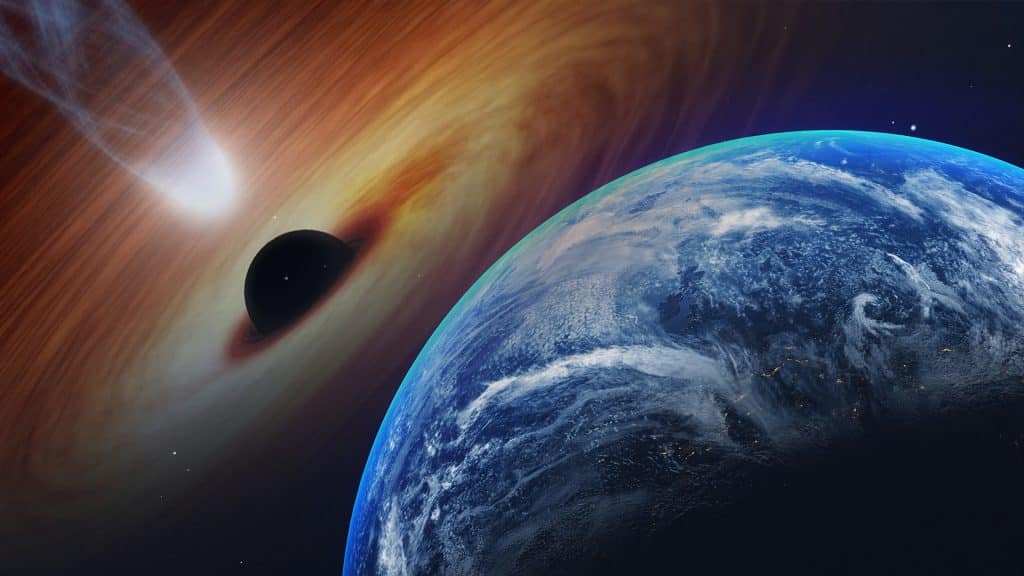
Scientists have seen a black hole use light prompting excitement as it came from a region of space where no light had been observed before. Its spin axis points towards the Earth. It is the nearest known black hole to Earth.
The black hole has been found by astronomers utilizing the International Gemini Observatory in Hawaii, run by the NOIRLab of the NSF. This black hole weighs about 10 times the mass of the sun and is orbited by a star.
It is located about 1,600 light-years away in the constellation Ophiuchus, and was named Gaia BH1. It is a dormant black hole. This sounds really far away, but compared to the size of our galaxy this thing is literally next door.
It is three times closer to Earth than the previous record holder, an X-ray binary in the constellation of Monoceros.
Black holes are difficult to detect, but there are hundreds of millions of them sprinkled throughout the galaxy, but we just haven´t detected yet, and if one just so happens to wander into our solar system, it´s all over!
The light which reached Earth is believed to have started its journey when the universe was a third of its current age. The light reportedly gives off more light than one trillion suns.
It came about after a star drew too close to a black hole and was torn apart, the resulting blast being seen throughout the universe. This event is known as a tidal disruption event (TDE). In about one percent of cases, plasma and radiation is sent out of both sides of the black hole.
Black holes do not emit any light of their own making them impossible to see directly with telescopes. The only way we can detect black holes is by looking at the effects they have on things we can see.
Recommended: Frozen embryos are born after 30 years
When a black hole resides near another star, we can see the elongated shape of the star as the material is pulled away by its gravitational pull. We can also see the high energy radiation that accelerates away from the spin axis of the black hole generated by infalling material. This is x-ray and gamma radiation that, if directed towards Earth, are among the brightest objects in the universe.





